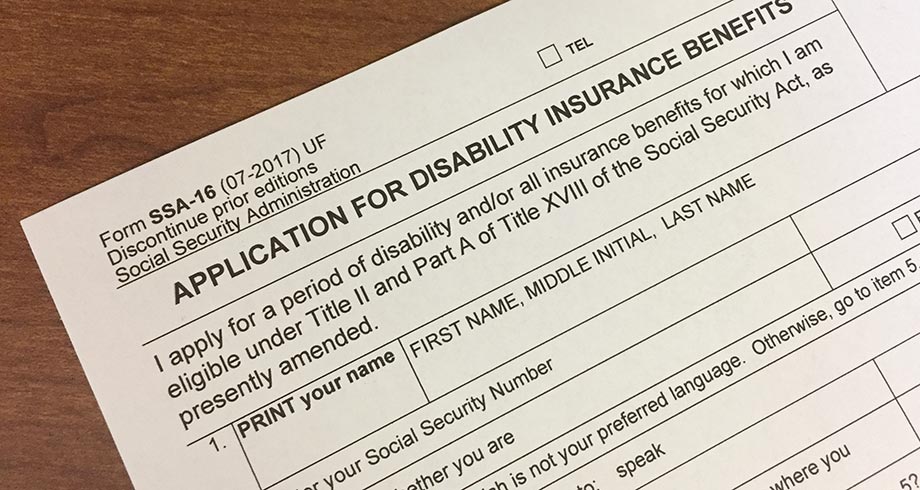July 31, 2023
Understanding the differences between SSDI and SSI

Navigating the world of government assistance can often feel overwhelming. Yet, if you want to access the benefits that you need, you have to know the specific programs that apply to you. Two major programs that you might come across are Social Security Disability Insurance and Supplemental Security Income.
Both programs aim to provide financial assistance to individuals with disabilities, but they operate in different ways, and it is important to understand their differences.
The function of SSDI
SSDI benefits are available to you if you have been gainfully employed and have paid Social Security taxes. Your eligibility depends on your work credits, which SSA bases on your total yearly wages or self-employment income. You can only earn four credits each year, and the amount needed to earn a work credit changes each year. In 2023, you need to earn $1,640 for each credit.
SSA will base the amount of your monthly SSDI benefit will on your earnings record. This means that individuals who had higher incomes will receive more benefits than those who earned less.
Understanding SSI
On the other hand, SSI is a needs-based program. It provides financial assistance to low-income individuals who are either aged 65 or older, blind or disabled. Unlike SSDI, SSI does not require you to have a work history or to have paid into the Social Security system.
SSA bases your eligibility for SSI on your income and resources. In 2023, if you get less than $934 a month from unearned income, you may qualify for SSI. The federal government sets a maximum federal benefit rate for SSI, but the actual amount you receive may change depending on factors like your living situation and any income you might have.
While SSDI and SSI both offer financial aid to individuals with disabilities, they differ in their eligibility criteria and the ways they calculate benefits. Understanding these differences will help you determine which program is right for you.